European Castles to See Along Germany's Rivers

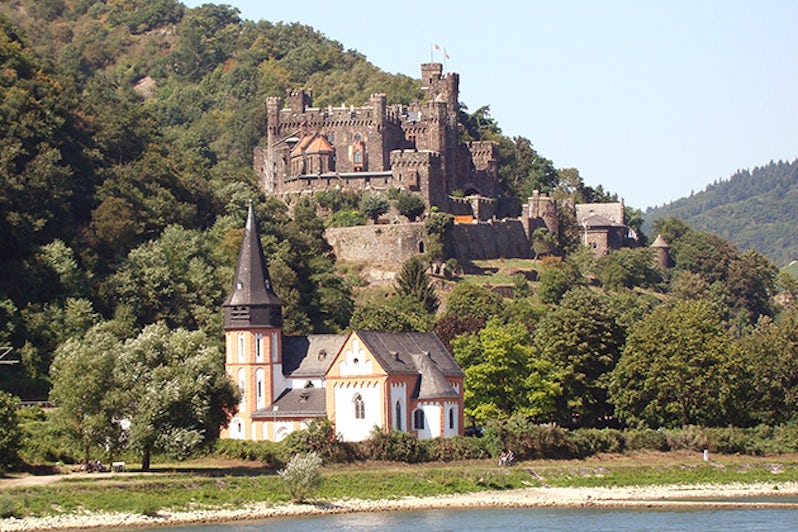
A main draw of any German river cruise is the abundance of castles along the way, especially along the Rhine River, a portion of which has actually been designated a UNESCO World Heritage Site because there are so many castles in one short stretch. What's more, the castles on the Rhine and on the Moselle rivers are some of the oldest and most impressive you can see in Germany, despite many being just ruins.
The best way to see the most number of castles in Germany is on a Rhine River cruise, most of which will also spend time on other rivers including the Main and Moselle and their tributaries.
Here are just a few of the castles you can see in Germany while on a river cruise.
On This Page
Reichsburg/Cochem Castle
Cochem, Moselle River
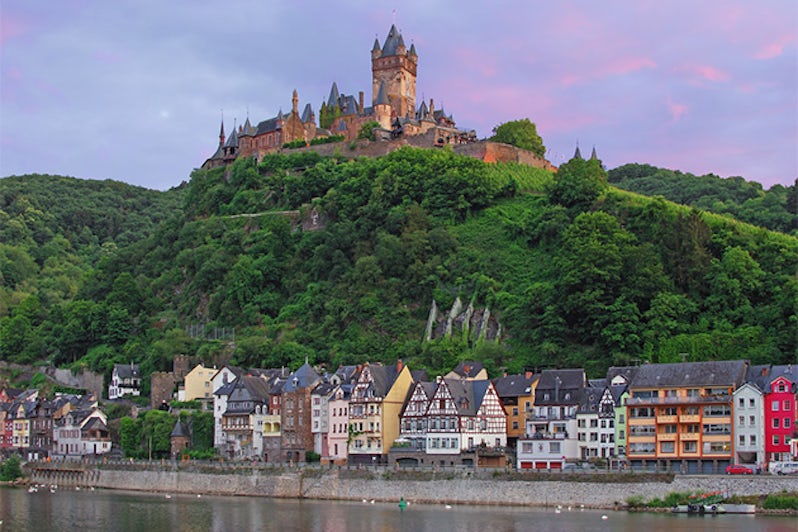
Bits and pieces of the Reichsburg Castle -- more commonly referred to as Cochem Castle -- are among the oldest remnants you'll see along Germany's rivers. First built at the start of the second century of the second millennium A.D., the original castle was used off and on until it was set on fire and blown up in 1689. It remained in ruins until 1868 when a German businessman began to restore it as a summer residence, incorporating the remains of the medieval Gothic structure into the new edifice. Among the original elements are the four-story Octagonal Tower and the "Hexenturm" (or witches tower), so named for the legends that link it to witchcraft trials. Today cruise visitors to the castle will see displays of Renaissance and Baroque furniture, as well as paintings dating to the 19th century.
Set on a hill some 300 feet above the Moselle, a highlight of any visit to the castle are the fantastic views: from one side you'll look down on the Moselle Valley, from another side take in the panoramic vista of the town below, from a third side you'll see the rocks of the Brauselay nature preserve.
Wurzburg Residence
Wurzburg, Main River
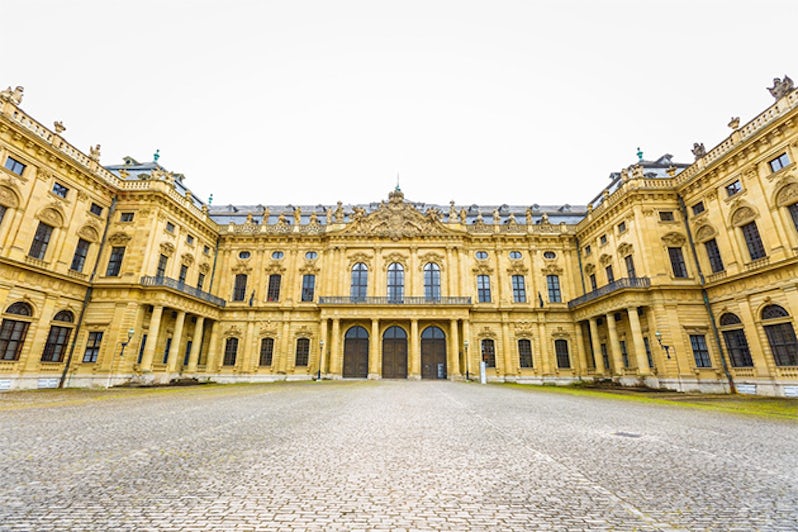
Built between 1720 and 1780, the Prince Bishop's residence in Wurzburg is a UNESCO World Cultural Heritage Site. The gorgeous Baroque palace is decorated with numerous paintings, frescoes and stucco ceiling art, though the highlight of them all is the stunning wraparound fresco on the main staircase depicting the four known continents of the time (Europe, Africa, Asia and America). The painting, measuring 59 by 98 feet is one of the largest frescoes ever created. After the fresco, visitors make their way through a series of 40 more ornate rooms and hallways. Not all of what you'll see in the residence is original (though the entire fresco is), as the palace did suffer significant damage during a 1945 bombing, but it has all been restored to look exactly as it did before the bombing and subsequent fire. In fact, knowing a bombing was likely, many of the tapestries were removed beforehand to protect them.
River cruisers visiting Wurzburg Residence should not miss stopping in to the Court Chapel, which though small is beautifully decorated. During the summer a stroll through the Court Garden is a must as well.
Wertheim Castle
Wertheim, Main River

Dating back to the 12th century, the mostly ruined Wertheim Castle sits high above the tiny town of Wertheim, offering a lovely panoramic view. A stereotypical medieval stone fortress, the castle was continually added to through the 17th century but was partially destroyed by a gunpowder explosion in 1619, then further destroyed during the Thirty Years War in 1634. Starting in 1982, the ruins were slowly restored to appear as they do today.
Visitors can circumnavigate the castle from the outside or go inside to see the upper rampart, climb the keep and tour the stucco ballrooms. A castle restaurant is also onsite for a small snack or quick drink.
Heidelberg Castle
Heidelberg, Neckar River

Set high above the Neckar River (a tributary of the Rhine) is one of the most impressive castle ruins in Europe -- Heidelberg Castle, which towers some 300 feet above the city of Heidelberg. It is a combination of several buildings built around an inner courtyard over a period of several centuries, starting in 1300. From the late-14th century to the middle-17th century it served as the residence for most of the Prince Electors of the region. The castle has been built and rebuilt several times over the years: after being struck by lightning in 1537, which resulted in the destruction of the upper castle; and twice between 1688 and 1697 when it was destroyed twice by the French, but it was during the third rebuilding that lightning struck again resulting in such extensive damage that the Prince Electors abandoned it. Preservation began in the late-19th century; today only a tiny part of the ruins have been restored.
Cruise visitors to Heidelberg Castle will be struck by the beautiful views offered by the castle's lofty location. From the Great Terrace, visitors have an amazing view of the city, the Neckar River and surrounding valley.
Old Court and New Residence
Bamberg, Regnitz River
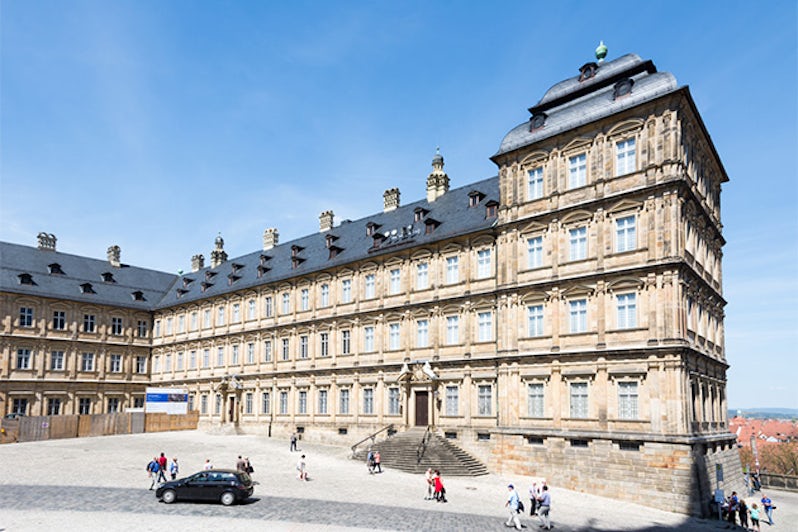
On the way to the Rhine River from Nuremberg, cruisers might find themselves on the Regnitz River (a tributary of the Main) stopping at the quaint town of Bamberg. Here, they can visit not one, but two princely palaces: the Old Court (or Alte Hofhaltung) and the New Residence. The Old Court, built in 1576, was the residence of the prince bishops Bamberg in the 16th and early-17th centuries. It still contains fragments of masonry from the original great hall and chapel of the 11th-century palace that used to occupy the same space. Today, most of the building is too dangerous to visit, but the lower level does house the Historical Museum of Bamberg. The open court was used to film scenes from the 2011 "The Three Musketeers" movie.
Across the street from the Old Court is the New Residence, built in two stages, the first in 1602, and the second between 1697 and 1703. The mixed Renaissance and Baroque palace served as a home to the prince bishop of the city during the 17th and 18th centuries. The building has over 40 rooms featuring beautiful stucco ceilings, and furniture, wall tapestries and life-sized portrait murals from the 17th and 18th centuries.
Upper Middle Rhine River
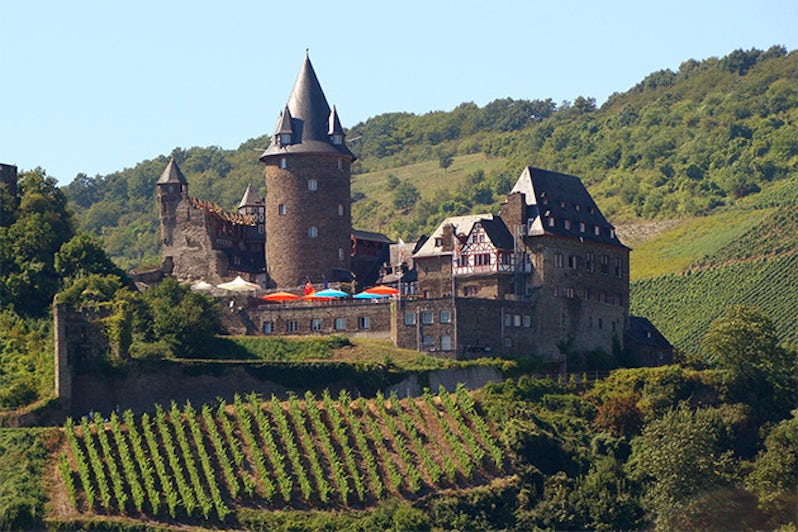
Between Rudesheim and Koblenz is a 40-mile-long stretch of the Rhine River dotted with castles on both sides. Its abundance of castles, fortresses and palaces (there are more than 40!) earned it a place on UNESCO's list of World Heritage Sites. Among the many Rhine River castles you'll spot during a scenic afternoon of cruising in this region are edifices with names like Ehrenfels, Rheinstein, Sooneck, Heimburg, Stahleck (now a youth hostel!) and Maus. Many are accompanied by legends, like Maus Tower so named because the cruel ruler who lived there was punished (and eaten alive) by an army of mice inside his tower for burning hundreds of peasants who had complained to him because they were starving.
River cruisers won't get to visit any of the castles on this portion of the Rhine (with one or two exceptions that are located either near Rudesheim or Koblenz), but the dizzying back and forth of castle upon castle on both banks of the Rhine is an experience you don't want to miss.
Augustusburg Palace
Bruhl, Rhine River
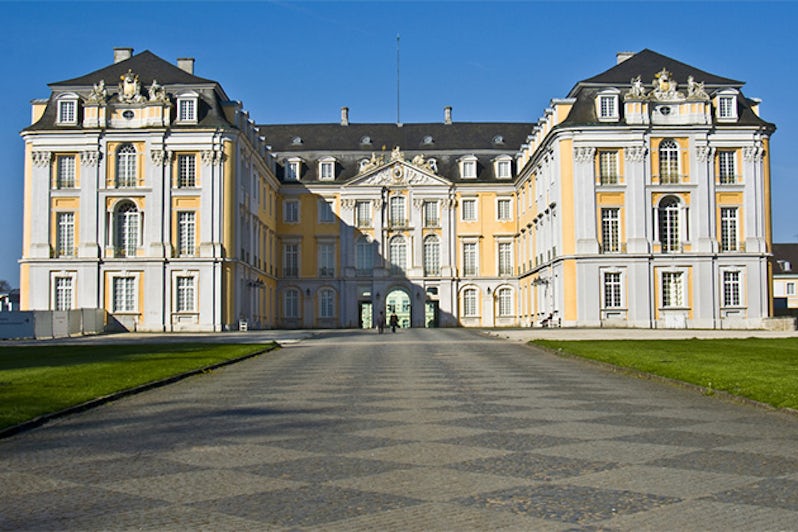
Built on the ruins of a medieval castle, Augustusburg Palace was built between 1725 and 1768 for the Archbishop of Cologne and is considered a masterpiece of German Rococo architecture and art. A highlight of any visit is the beautiful staircase, designed by the same architect who did the Wurzbgurg Residence staircase, and the ceiling frescoes. Much of the furniture and tapestries on display, while of the same period, are not original to the palace as most furnishings were sold off to pay the archbishop's debt after he died.
Just a short walk from the palace is the smaller Falkenlust Hunting Lodge, which is far bigger than anything you'd normally envision as a lodge! Built from 1729 to 1737 in a more secluded area, the lodge was designed for the archbishop to enjoy his passion for falconry.
Both Augustusburg Palace and the Falkenlust Hunting Lodge together were added to UNESCO's World Heritage List in 1984.
Marksburg Castle
Braubach, Rhine River
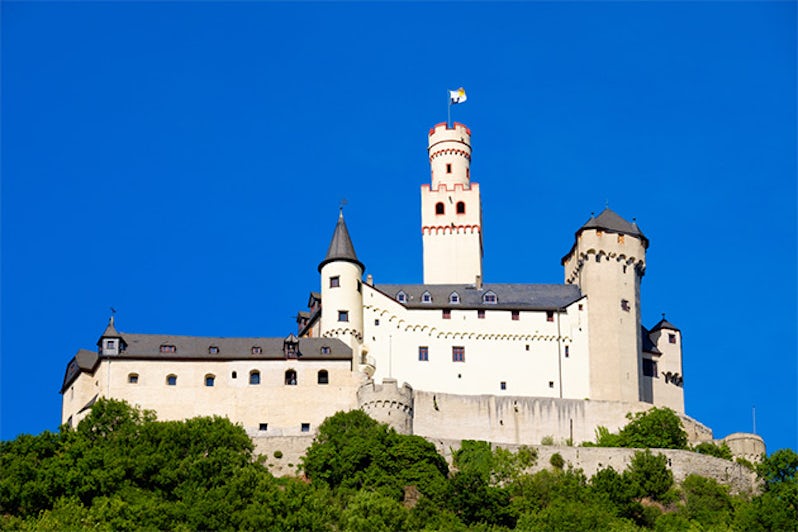
Located at one end of the 40-mile stretch of the Upper Middle Rhine River valley, Marksburg Castle is the only Rhine fortress never destroyed (though it was damaged by artillery fire during World War II). Because it was never destroyed, Marksburg maintains an authentic medieval feel. The foundations of the castle date back to 1100, but most of the current building was built in the 14th and 15th centuries. It was used more for protection than as a residence, though it has also been used as a prison and barracks for soldiers. Today the structure houses a museum and serves as the headquarters of the German Castles Association. A tour of Marksburg includes the kitchen, wine cellar, bed chambers, Great Hall, armoury, blacksmith's workshop, and small and great batteries.
Visits to Marksburg Castle usually start from the river cruise port of Koblenz.